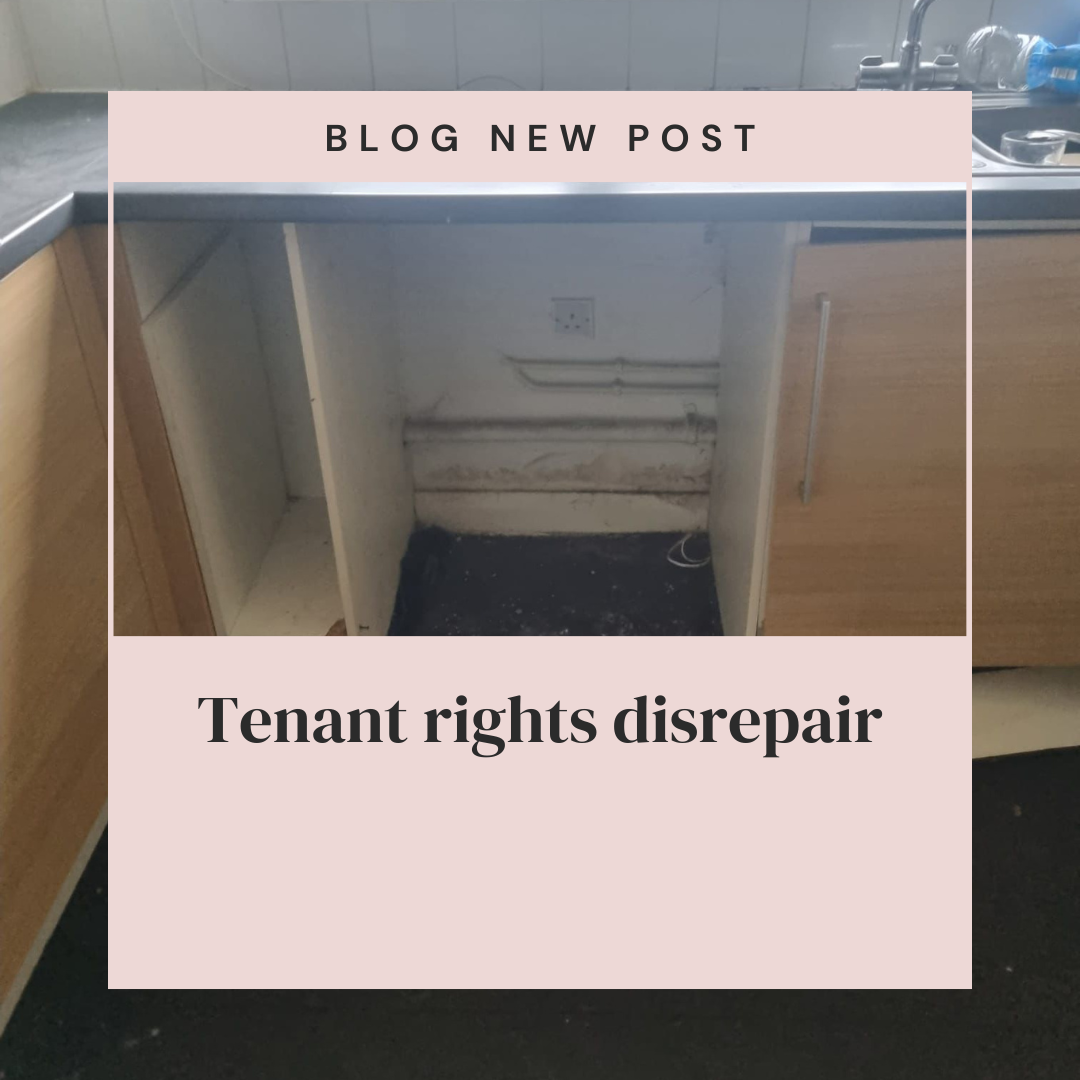Repairs for damp walls
Repairs for damp walls: Are you tired of dealing with damp walls in your rented property? Damp walls not only affect the aesthetics of your home but also pose risks to your health and well-being. The good news is that as a tenant in England and Wales, you have rights, and making a housing disrepair claim can help you address damp walls effectively. In this blog post, we’ll explore the steps involved in making a claim and why it’s crucial for tenants to take action.
Understanding Damp Walls: Damp walls are a common problem in rented properties, caused by issues such as water leaks, poor ventilation, or structural defects. Not only can damp walls cause paint to peel and wallpaper to bubble, but they can also lead to mold growth, musty odors, and respiratory problems for occupants.
Recognizing Your Rights: As a tenant, you have the right to live in a property that is safe, secure, and free from hazards such as damp walls. Landlords in England and Wales are legally obligated to maintain their properties to a decent standard and address any issues that affect your health and well-being.
Reporting the Problem: If you notice damp walls in your rented property, it’s crucial to report the issue to your landlord or letting agent as soon as possible. Provide detailed information about the extent of the problem, including photographs or videos, and request that repairs be carried out promptly.
Documenting Evidence: Gathering evidence to support your housing disrepair claim is essential. Keep records of all communications with your landlord regarding the damp walls, including dates, times, and responses received. Take photographs or videos of the affected areas and any damage caused to your belongings.
Seeking Resolution: If your landlord fails to address the damp walls despite your efforts to report them, you may need to consider taking further action. Making a housing disrepair claim can compel your landlord to carry out necessary repairs and ensure that your living conditions are improved.
Making a Housing Disrepair Claim: To make a housing disrepair claim for damp walls, you’ll need to follow specific steps, including seeking legal advice from a housing disrepair solicitor, sending a formal letter of claim to your landlord outlining the damp wall issues, and providing evidence to support your claim.
Protecting Your Health: Addressing damp walls in your rented property isn’t just about improving your living conditions; it’s also about protecting your health and well-being. By taking action to make a housing disrepair claim, you can ensure that your home is a safe and healthy environment for you and your family.
Conclusion: Don’t let damp walls impact your quality of life. By asserting your rights as a tenant and making a housing disrepair claim, you can hold your landlord accountable for maintaining their property to a decent standard and ensure that damp wall issues are addressed effectively. Take action today to improve your living conditions and protect your health.
Important links
Housing Disrepair Advice: https://housingdisrepairadvice.org/contact
Housing Ombudsman: https://www.housing-ombudsman.org.uk/









